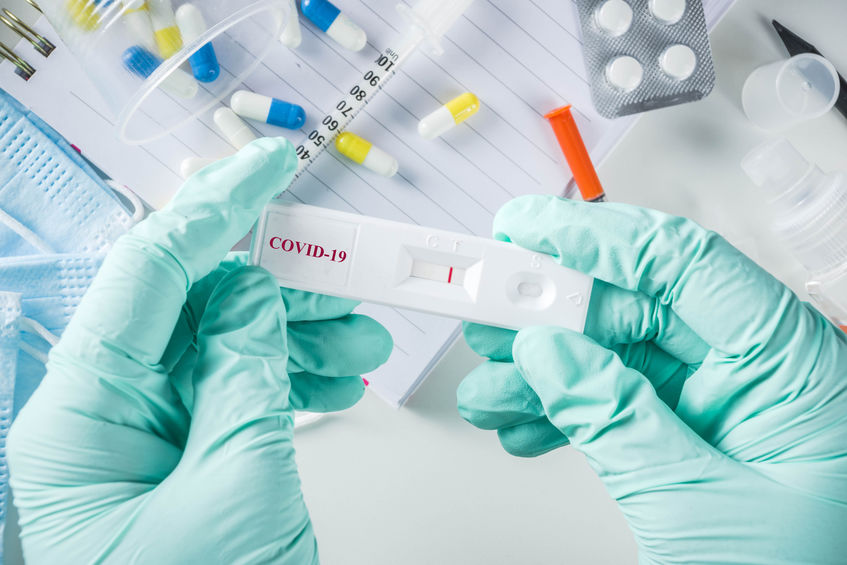As COVID-19, commonly referred to as the coronavirus, continues to spread across the United States, questions are being raised about the availability of test kits.
While other countries have been testing hundreds of thousands to millions of individuals, in early March the Center for Disease Control (CDC) had only tested just over 1,000 people.
But why are these tests so vital? And why is the CDC so behind?
In order to determine if someone has the flu or the new coronavirus, that person must be tested with the appropriate kit to determine if they should be self-quarantined or isolated in hospital care, or if they can just take more typical sickness precautions.
As reported in the MIT Technology Review, in the beginning of February of this year, many of the test kits the CDC began to distribute were faulty, and were giving false positive results.
That means that many people who were tested were thought to have contracted the coronavirus, but actually had not. It also prevented more people who actually contracted the coronavirus from being tested due to the delays the faulty tests caused.
While your gut reaction may be to ask “oh, so this virus thing is overblown after all?”, it unfortunately is not that simple.
The reason this is so concerning is because if the reagents used in the tests were contaminated, thus giving the false positive results, it is almost impossible to know if samples taken were positive because of the actual presence of COVID-19 in a person, or because of the contamination.
Malfunctioning tests then had to be sent back to the CDC for further testing, causing even more of a delay in assessing how widespread the disease actually was.
The MIT Technology Review explains:
The amplification of DNA in PCR [polymerase chain reaction] has to be initiated using short strands that are complementary to the target DNA, called primers. Keith Jerome, the head of virology at the University of Washington, points out that “primer design is still somewhat of an art, and not fully predictable.” Even when you have a good database of viral sequences, not all primer sets that look good on a computer will perform well in real life.
In laymen’s terms, it means the science behind these tests can be sensitive. If it is off by just a tiny bit, the test can easily fail.
To make matters even worse, the Food and Drug Administration (FDA) had prohibited any state or commercial labs from developing coronavirus test kits, giving the CDC a monopoly of control over their development and implementation.
It may sound safe, until the only organization allowed to create the tests (the CDC) make tests that fail.
On February 29, the CDC and FDA lifted the ban on private labs and companies from creating coronavirus test kits. In early March, independent labs began to develop kits and test individuals.
The MIT Technology Review also reports:
We’re already seeing major steps forward; the University of Washington, for instance, has a new diagnostic that will allow it to test 1,500 samples a day … The reagents are now fixed, and the CDC looks ready to move forward.
The CDC now says that it anticipates labs all over the United States should be able test approximately 400,000 patients each.
Thanks to the efficiency and innovation of free market competition, coronavirus testing should be on the road to where it needs to be to appropriately assess the extent of the disease in the United States.
The CDC and FDA should continue to look for areas where such unnecessary government regulations could pose a problem in the future. As the coronavirus spreads, the United States’ health care system needs to be as prepared as possible to prevent the deaths and infections seen in places like Italy.
For more information on how to stop the spread of coronavirus, please visit the CDC’s website on COVID-19.
